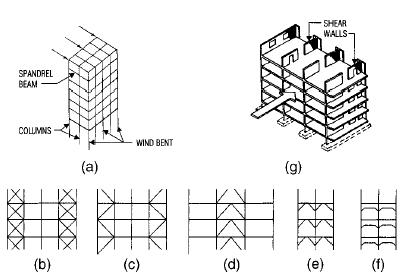Total number of connectors required to resist Vh is given by Vh/q
where q is the allowable shear for one connector, kip (kN) and its value is given in structural design guides.
Some keypoints should be considered
1. Required number of shear connectors should be placed uniformly in the section having zero to maximum moment.
2. Shear Connectors should have a minimum of 25.4mm (1inch) of concrete cover in all the directions.
3) Stud diameter should not exceed 2.5 times the beam-flange thickness. ( May increase only if studs are located directly over the web)

